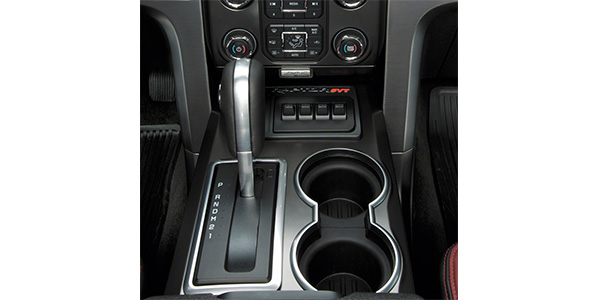TPMS: Test Before You Touch
Test Before You Touch is almost a direct result of the “make inoperative” provision in the Motor Vehicle Safety Act as it applies to the Federal Motor Vehicle Safety Standard No. 138, Tire Pressure Monitoring Systems. In layman’s terms, the provision states that if a vehicle comes into a facility with working TPMS, it must leave the facility with working TPMS. A shop cannot knowingly disable TPMS in the vehicles that it services.

2006-2013 Toyota RAV4 Alignment Specs
The third generation of the Toyota RAV4 shares all of the same infrastructure with the Corolla and many other Toyota vehicles. The front suspension is easy to adjust, while the rear requires a little more attention.
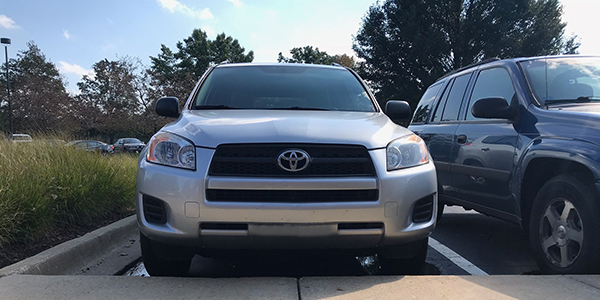
SAE J2534, Part II: How Much Money Are You Losing By Not Doing Vehicle Reflashing?
In Part I of this series, I talked about what J2534 was and a bit about how it works. I would like to use this followup article to lower the fear factor and tell you what to expect when setting up a computer to run a J2534-supported software program.
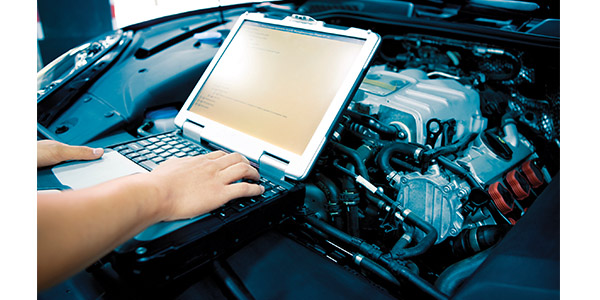
Tech Tip: Howl At Highway Speeds In The Cold
Some 2007-2011 Ford Fusion, Mercury Milan and Lincoln MKZ vehicles equipped with all-wheel-drive (AWD) systems and built on or before 8/13/2010 may exhibit a driveline vibration or a howl at highway speeds in cold temperatures.
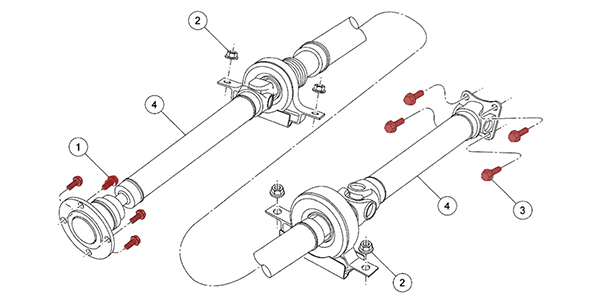
Nissan Tech Tip: TPMS Diagnostics
If the TPMS/LTPWS warning light is illuminated (continuously or flashing), the TPMS/LTPWS system can be diagnosed by turning the ignition to the “OFF” and then to the “ON” position. If the TPMS/LTPWS warning light is continuously illuminated (not flashing), the TPMS/LTPWS is operating normally and has detected low tire pressure in one of the tires.
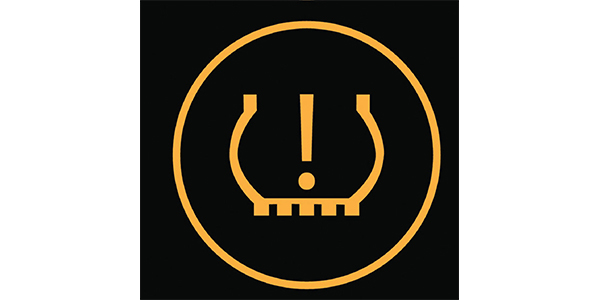
Selling Ride Control With Tires
Tire wear patterns are visual representations of how the vehicle is performing and how owners maintain their vehicle. Tread patterns reveal the condition of alignment angles, suspension components and ride control components. Learning how to read the tire and communicate your findings to your customers is the key to selling ride control.

Ford F-150 (2009-2014) Brake Job
There are more than 3.6 million 2009-’14 Ford F-Series trucks on the road today, and the majority of these are the F150 model. The 12th generation of the truck, and specifically its brake system, has had very few problems since most of the brake system was carried over from the previous platform.

Viewpoint: Replacement Auto Part Standards And Regulations
With the recent tariffs going into effect, it has sparked the discussion about regulations for vehicle replacement parts to keep some imported auto parts off the market. Most people think that with a stroke of a pen dangerous and sub-standard parts could be banned and parts quality will be improved overnight. But, what standards should be applied? Who should do the testing? This is where things get tricky.

TPMS TIP: Nissan Tire Pressure Diagnostics For Both Lights Checklist
This tech tip applies to Nissan vehicles like the Maxima, Altima and most other models with a Tire Pressure Monitor System (TPMS) or Low Tire Pressure Warning System (LTPWS).
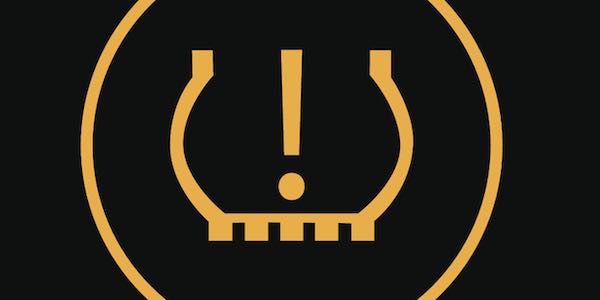
The Ins And Outs Of The SAE J2534 Vehicle Communication Interface
The ultimate goal of J2534 for 2018 model year and, in some cases, much earlier vehicles is for shops to be able to run OEM and aftermarket scan tool software and programming applications to include vehicle security over a common standardized Vehicle Communication Interface (VCI).

Mercedes-Benz Tech Tip: Clunking Noises Heard During Acceleration And Throttle Lift Off
Mercedes-Benz owners may complain of a single throttle lift-off clunking noise from the side shaft when first taking off (audible at the outboard end). Also, the clunk is heard once when changing from forward to reverse.
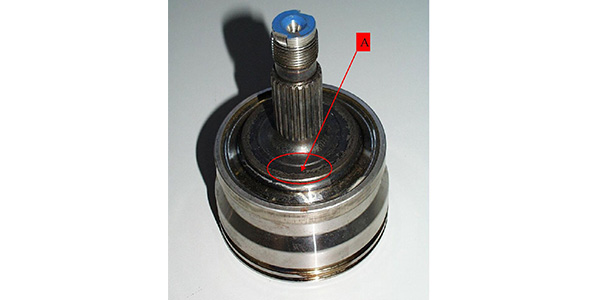
Ford Tech Tip: Automatic Transmission Delayed Engagement From Park To Drive Or Reverse
Some models may exhibit a delayed park to forward or reverse transmission engagement only on initial vehicle start up after parking several hours or overnight. The vehicle functions normally after the initial engagement has completed. Follow the Service Procedure steps to correct the condition.
